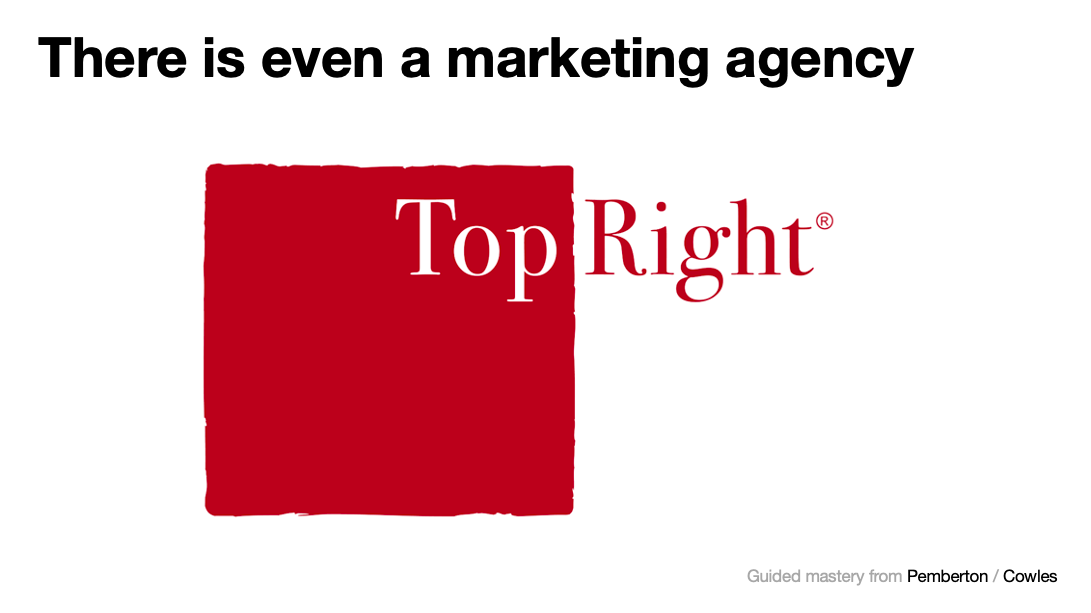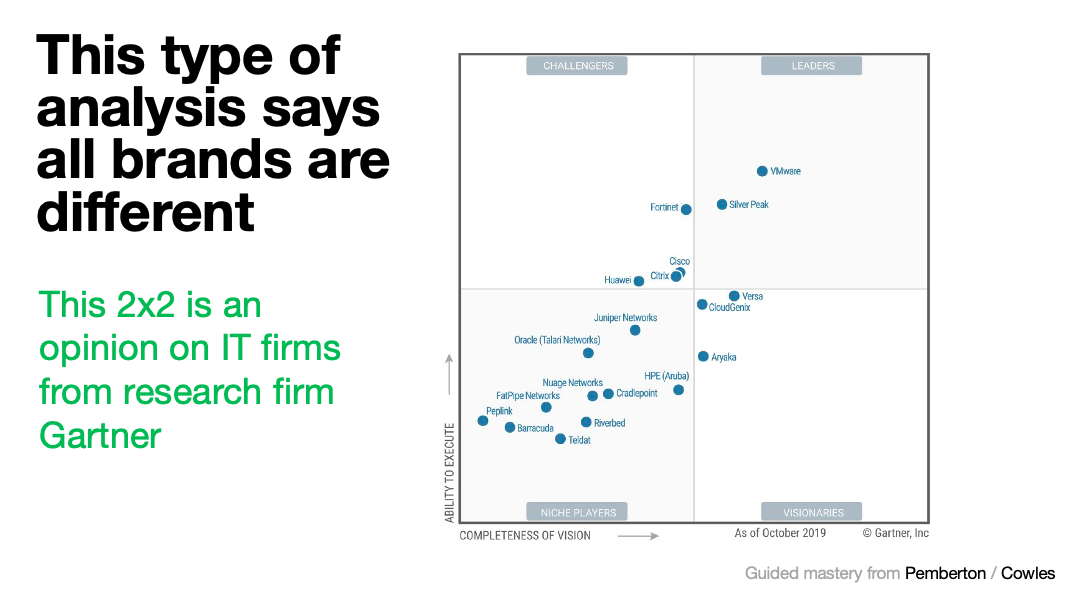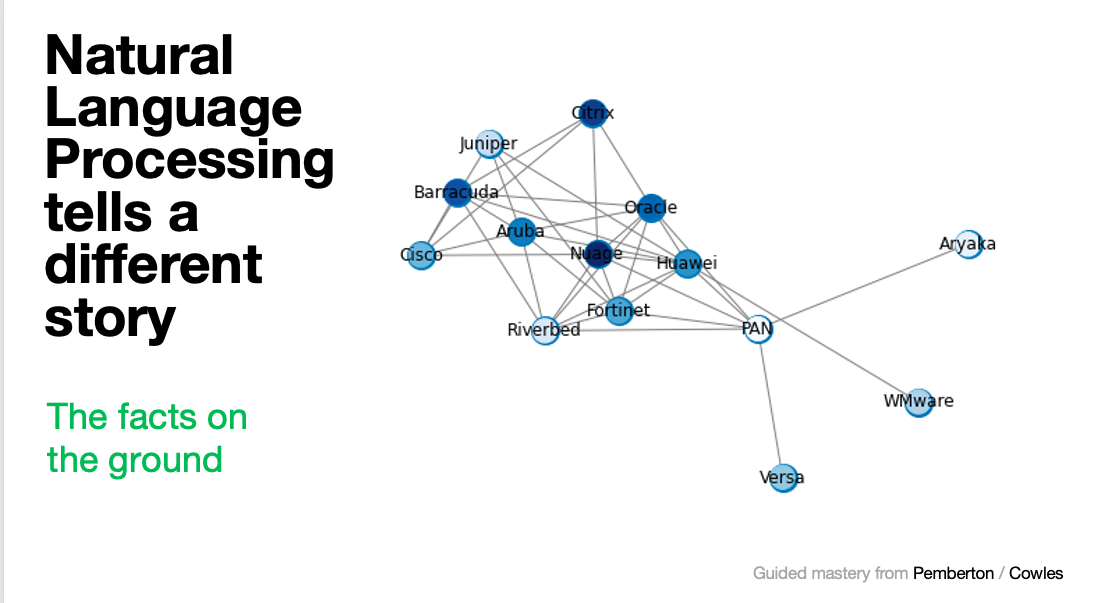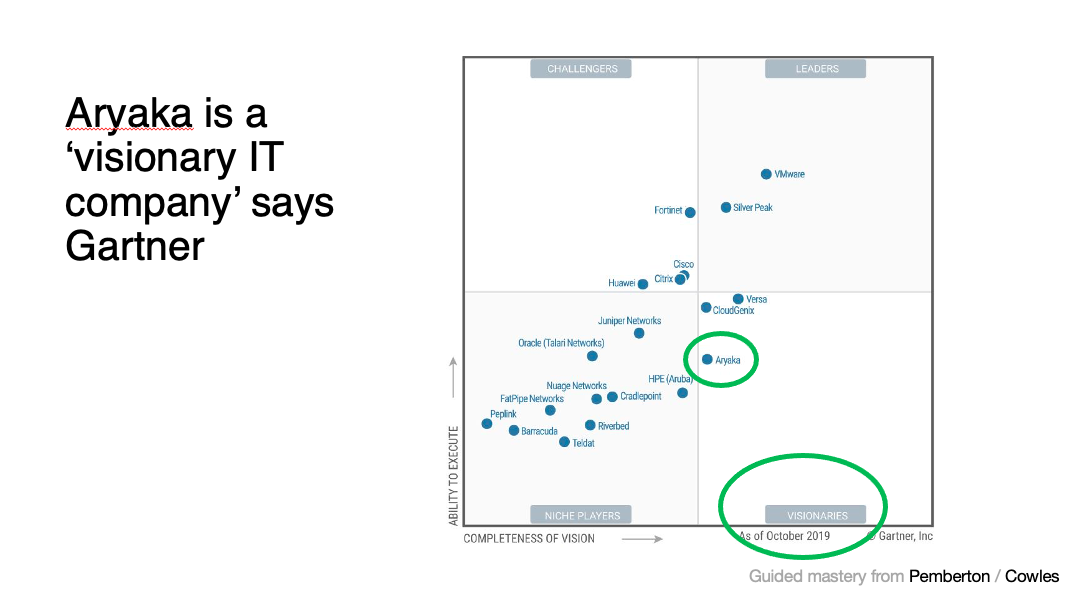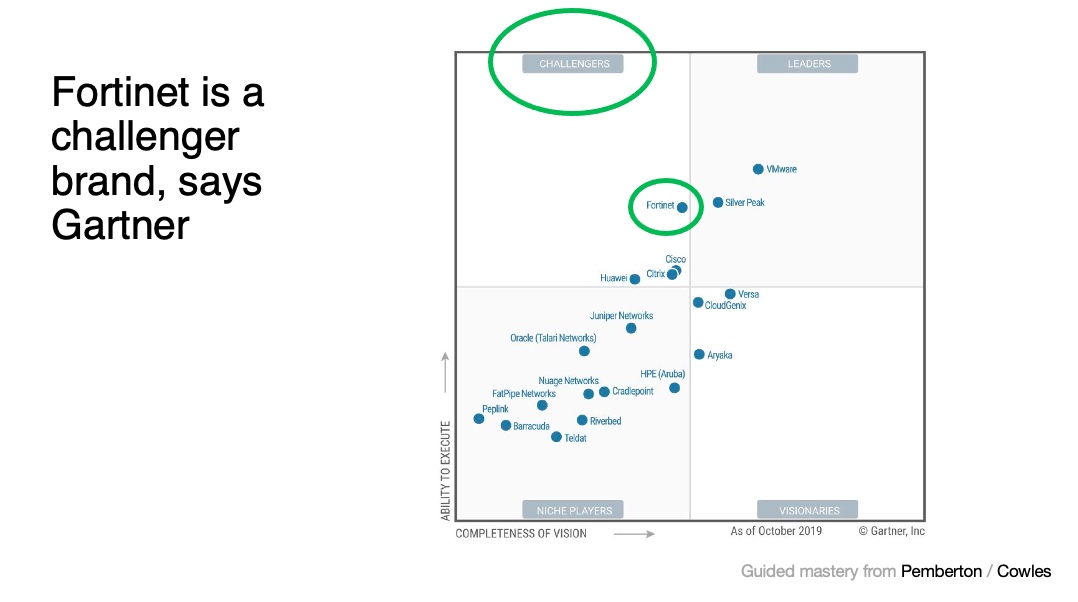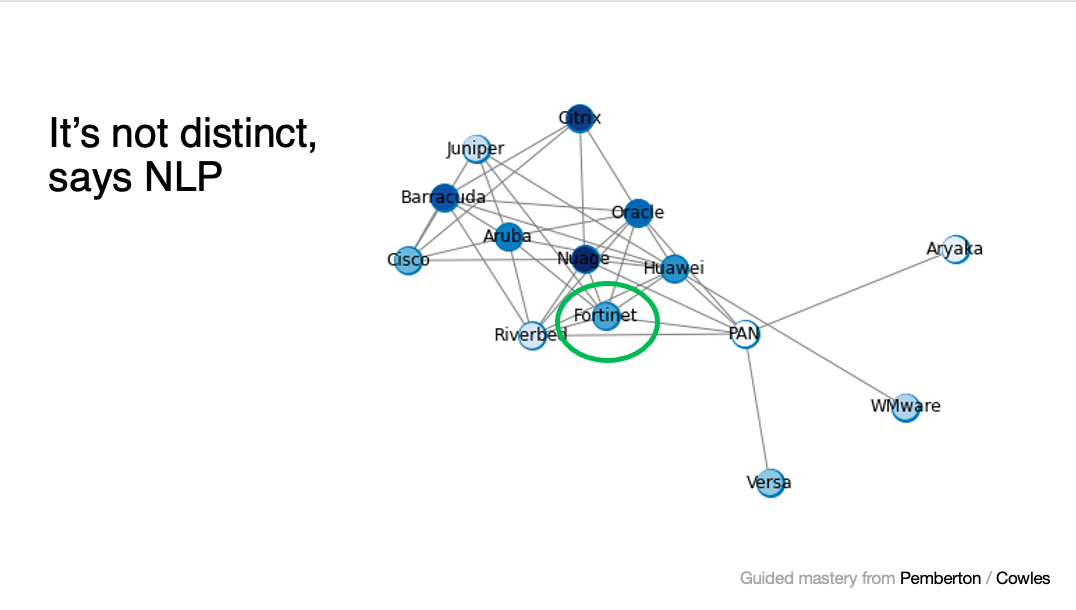Many brands are not distinct from one another – and by using natural language processing we can now prove it
Many brands are not distinct from one another- and by using natural language processing we can prove it.
The question of competition is fundamental to any business. But understanding the competition can be complicated. Using machine learning, we can now understand what makes us distinct – or not – from our competition. And what makes them distinct from us.
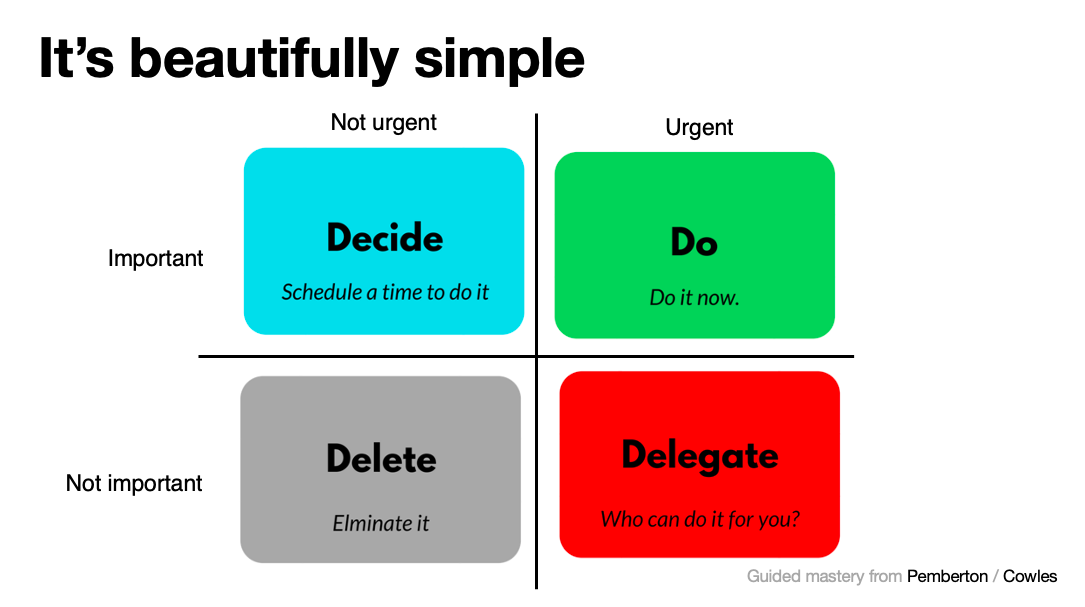
Today, research firms use a two-by -two matrix to show where competing brands sit in relation to one another.
The two-by-two, you will recall, was invented by Dwight D Eisenhower, the US army general who ran allied command during the Second World War. He was the organisational genius who said, “Plans are worthless but planning is invaluable.”
Unfortunately, the two-by-two has been misused over time. We all know the top right hand box is usually the most valuable position, so analysts sometimes manipulate their opinions to ensure that whatever it is they are trying to sell sits up there. There is even a firm called “Top Right”.
Another problem with the two-by-two and in fact any assessment of where your competition sits in relation to you is the difference between what should be and what is. Take a look at this analysis from research giant Gartner of IT firms. It gives the impression that all these IT firms are very different from one another.
But is this accurate? Working with data guru Marcelo LeCocq we used Natural Language Processing to read copy from all these brands and then compared that language to see how close the brands were to each other. We call this Brand Proximity.
The node link diagram above shows the distance of each brand from one another. The clustering to the left shows IT firms that describe themselves in a manner that is similar or the same. The three firms to the right, meanwhile, use language that is distinct from the competition.
Aryaka is described by Gartner as a “visionary IT company” as we see below.
Natural Language Processing supports the idea that it is a standout, as it describes itself differently to its peers (see the node link diagram below). 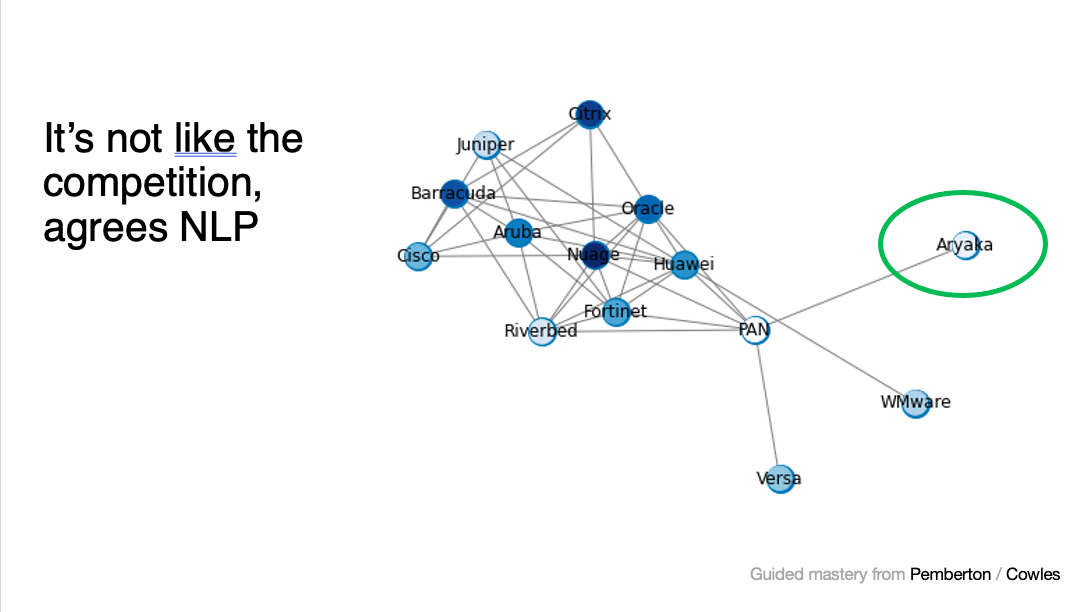
Meanwhile, Fortinet is a challenger brand, according to Gartner (see below).
But its’ communication is not distinct from the competition, says Natural Language Processing. In other words, the brands share proximity.
If communications from Fortinet read the same as its competitors, it follows that customers will not be able to tell the difference between the two brands. And if customers can not tell the difference, there is no difference that matters, as anything that makes Fortinet distinct is invisible to new customers anyway.
We all know your product is what the customer thinks it is: perception is reality. But now we can go further. Vocabulary really is destiny.
If brands don’t talk the talk, they risk never being asked to walk the walk. In this context, any sales they might enjoy are merely a product of the confusion of the customer to tell one brand from another.
That is not an opinion. It is now a demonstrable fact, as our video explains.
Related stories
7 benefits of data visualization storytelling
Recent inflation won’t drive up interest rates. The reason is “demographic stagnation”
House prices surge as demand for offices and gyms FALL OFF A CLIFF
About the author

My name is Andy Pemberton. I am an expert in data visualization. I guide global clients such as Lombard Odier, the European Commission and Cisco on the best way to use data visualization and then produce it for them: reports, infographics and motion graphics. If you need your data visualized contact me at andy@furthr.co.uk or call 07963 020 103
Posted in: Infographic of the day
